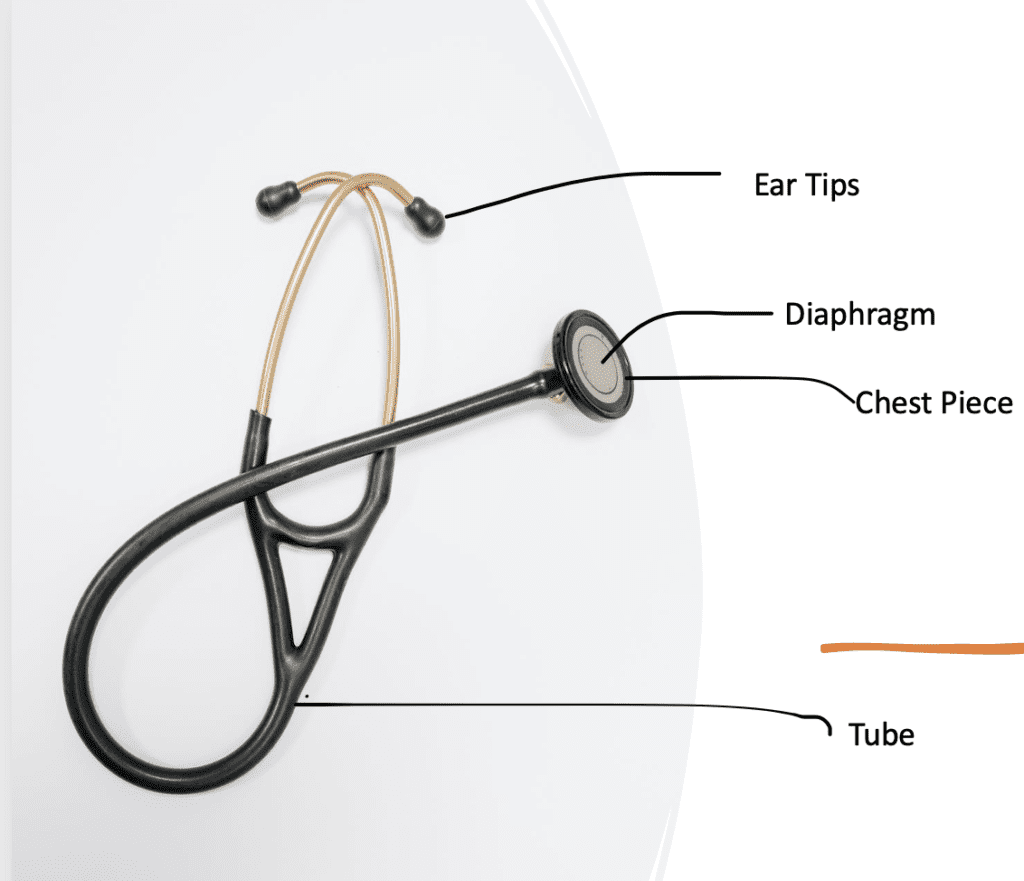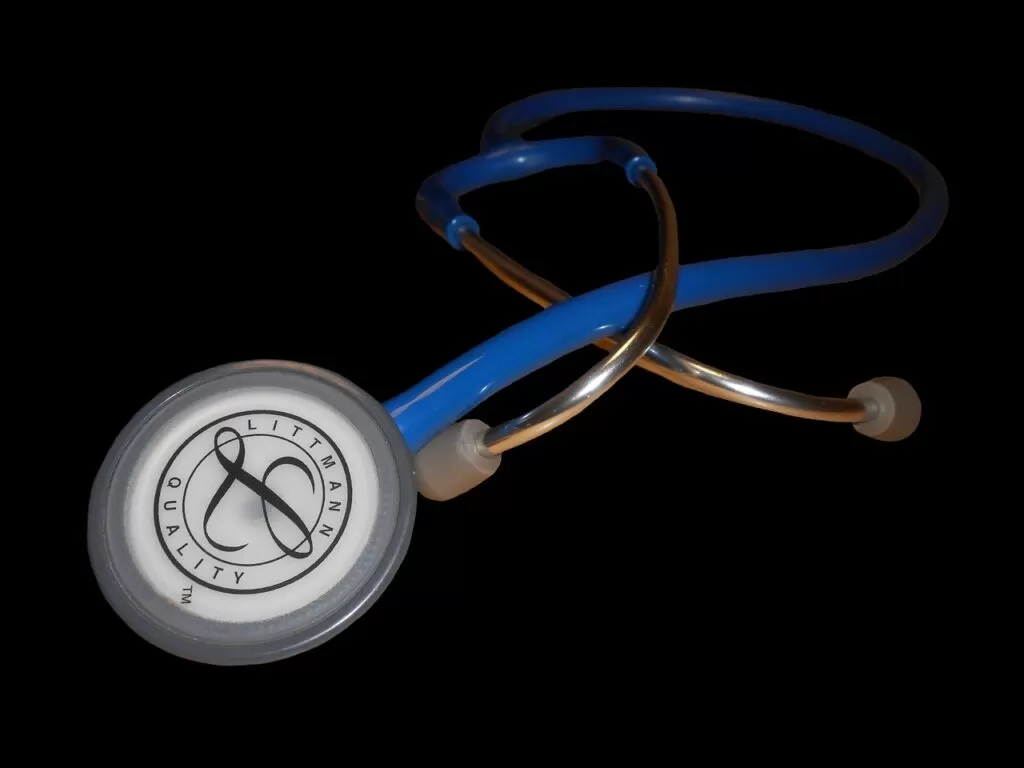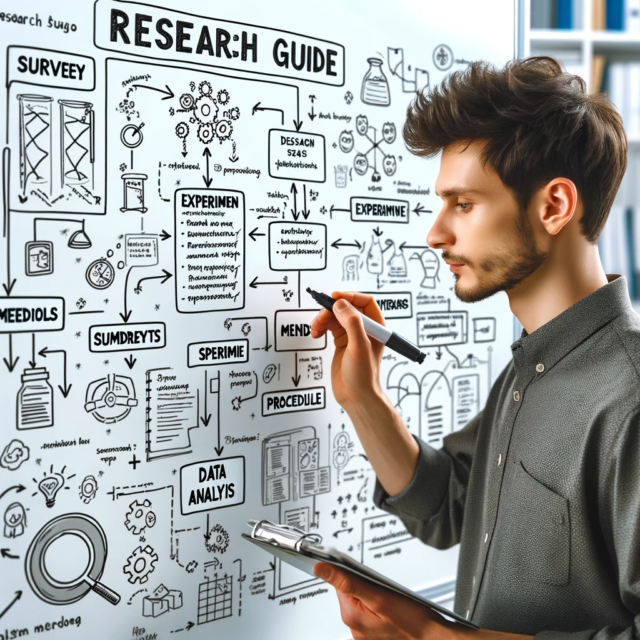Introduction
A stethoscope is one of the most recognizable symbols of the medical profession. Used by healthcare professionals worldwide, this tool is essential for diagnosing and monitoring a wide range of health conditions. But how do stethoscopes work? This article delves into the mechanics and science behind this vital medical instrument.

The Basic Design of a Stethoscope
To understand how a stethoscope works, it’s essential to first look at its basic design. A typical stethoscope consists of several key components:
- Ear Tips: These fit snugly into the user’s ears.
- Tubing: Transmits the sound from the chest piece to the ear tips.
- Chest Piece: Usually has a diaphragm (for high-frequency sounds) and a bell (for low-frequency sounds).
The Science of Sound Transmission
The primary function of a stethoscope is to transmit sound from the patient’s body to the doctor’s ears. Here’s how it works:
- Sound Collection: When you place the chest piece against a patient’s body, it picks up sound vibrations.
- Sound Transmission: These vibrations travel up the tubing to the ear tips.
- Sound Amplification: The chest piece often amplifies these sounds, making them easier to analyze.
The Role of the Diaphragm and Bell
- The Diaphragm: This is the larger, flat part of the chest piece. It’s designed to capture high-frequency sounds like heartbeats and breathing.
- The Bell: The smaller, cup-shaped part of the chest piece is used for lower-frequency sounds. It’s particularly useful for detecting abnormalities in the heart and lungs.
Digital Stethoscopes: A Technological Leap
While traditional stethoscopes rely on acoustic principles, digital stethoscopes represent a technological leap. They convert acoustic sound waves into electronic signals, which can then be amplified, processed, and even visualized. This digital conversion allows for clearer sound quality and can aid in more accurate diagnostics.

Conclusion
Understanding how stethoscopes work enhances our appreciation of this indispensable medical tool. From its basic design to the complex mechanics of sound transmission and amplification, the stethoscope is a marvel of medical technology, bridging the gap between patient symptoms and medical diagnosis.










